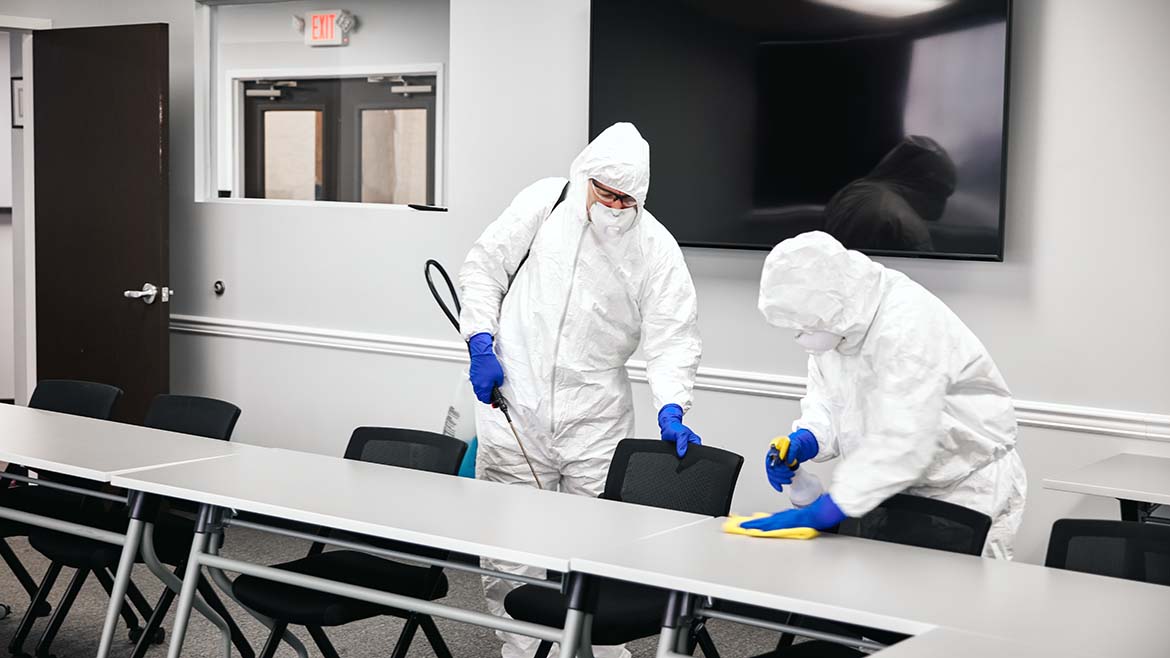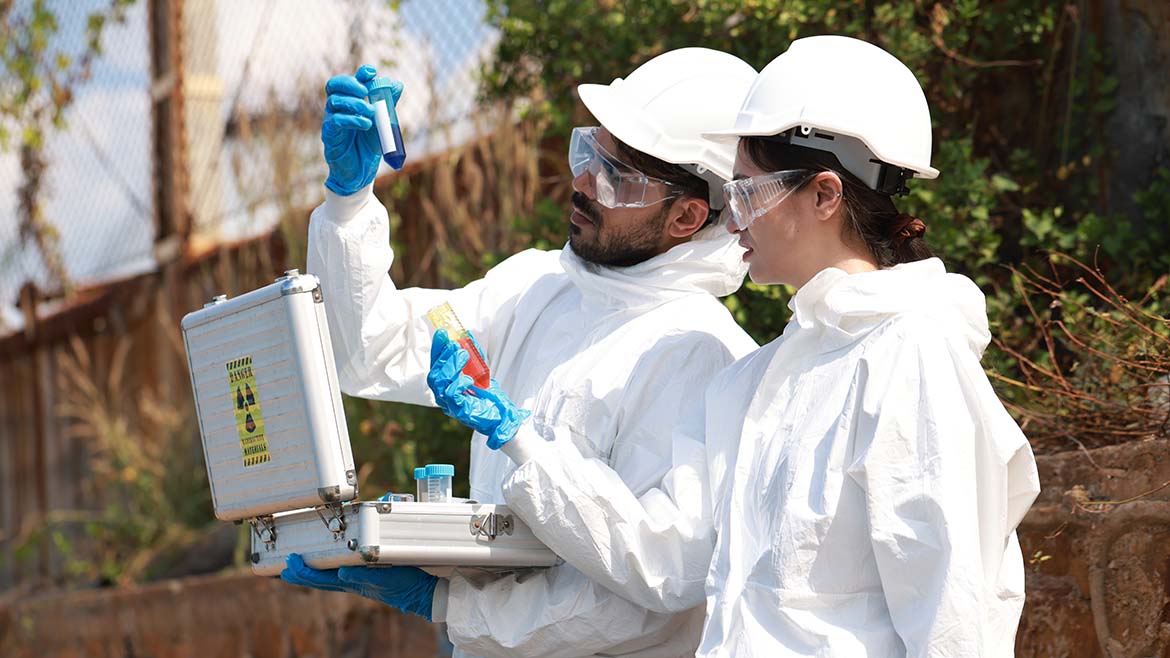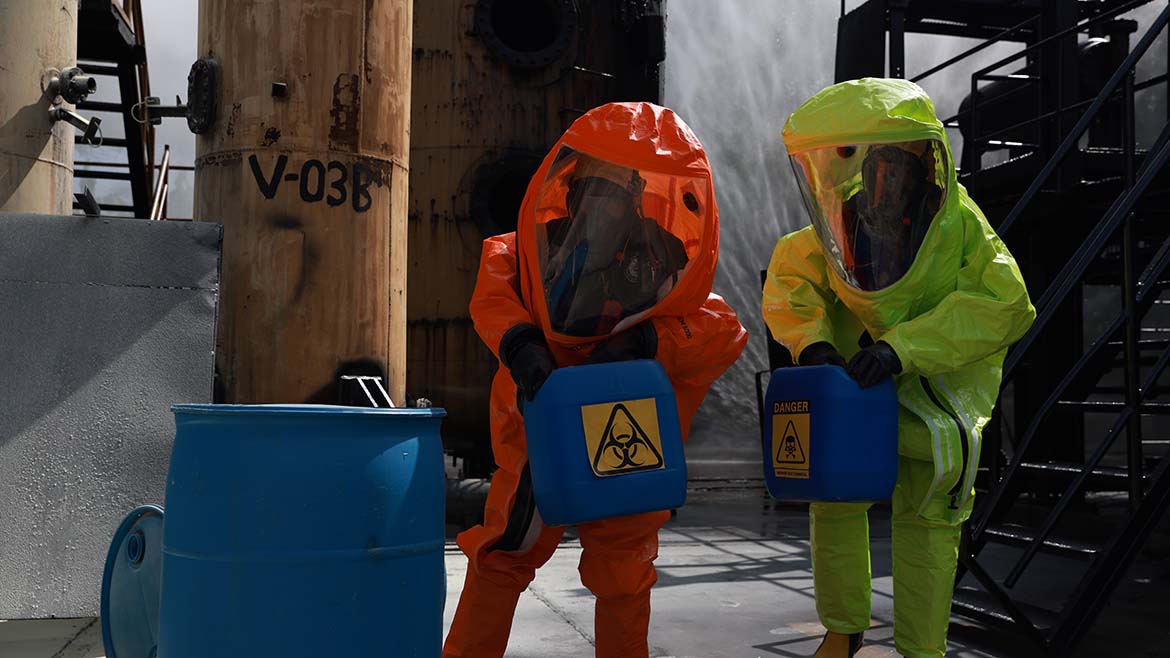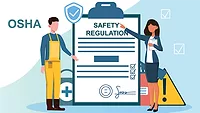Applying OSHA’s HAZWOPER Standard to Restoration Work

Over the past few years, I have noticed training advertisements for OSHA Hazardous Waste Operations and Emergency Response (HAZWOPER) training in different Restoration Industry publications. The ads I’ve read claim HAZWOPER training is needed for Biohazard/Crime Scene cleanup and fentanyl cleanup work.

Photo: PeopleImages
What is HAZWOPER you ask? Generally speaking, it is an OSHA regulation for clean-up operations at uncontrolled hazardous waste sites. Think along the lines of workers in moon suits cleaning up large spills, incident command centers, drums of hazardous materials, and decontamination of anything being removed from the site.
When I saw the first ad I was surprised; I thought much of the training would not apply to or benefit a restoration company. Then in mid-2023 I read the article “Lethal Dose” in C&R Magazine. (1) In that article, the authors not only clearly identified the risks of fentanyl cleanup, but also discuss training needs and the limited application of the HAZWOPER standard. This information immediately provided me with clarity and the realization that our industry is at a crossroads with the application of the HAZWOPER standard.
After that realization, I thought I should share what I know and recently discovered. In this article, I am going to review my opinion and experience, share information, and make recommendations for the future of HAZWOPER training for the Restoration Industry.
Background
OSHA's HAZWOPER standard can be found in 1910.120. (2) It provides operations guidance and training for clean-up operations; more specifically, very hazardous clean-up operations that threaten the environment and people nearby. For instance, HAZWOPER is applied for large, dangerous spills or at sites where chemicals have leaked into the ground for years and need to be cleaned/removed. OSHA specifically states this is not for incidental spills that can be safely cleaned up by employees familiar with the chemical’s hazard. (3)
Training and certification for this standard can be quite involved and has very specific requirements. Choices range include a 24-hour and 40-hour course. Annual refreshers are required thereafter.
NOTE: Do not confuse this with the OSHA 10-hour and 30-hour outreach training; they are completely different!
The 24-hour course is for those with limited exposure; the 40-hour course is for those performing hazardous waster operations. Finally – and this is really important - site-specific training and 3-days of field experience is required by OSHA. (4) In my previous career, I remember employers insisting on new employees completing this final requirement and documenting the process.
“…site-specific training and 3-days of field experience is required by OSHA.”
Performing HAZWOPER operations also requires a large list of written programs to be developed before work begins. Those programs include:
- Health and Safety program
- Hazard communication
- Medical surveillance
- Decontamination
- New technology
- Material handling
- Training
- Emergency response
I think you get the idea – there are multiple layers of requirements that are needed before you can begin HAZWOPER work!

Photo: PeopleImages
My Experience with HAZWOPER
Prior to starting the health and safety part of my career, I performed environmental remediation work. I worked on projects that cleaned polluted groundwater and soil. Most of those operations required HAZWOPER compliance and I maintained my personal certification for 15 years.
While my specific work was not overly hazardous, I knew and worked with others with HAZWOPER certification who performed very hazardous work. Some of the work, if performed incorrectly, had the potential to cause immediate health issues or even death. The application of the standard was the basis for their Standard Operating Procedure and was strictly adhered to.
Fast forward to today - there are parts of my HAZWOPER training and practices that I still use and apply directly to restoration work. Some examples are:
- PPE decontamination, donning, and doffing techniques without contaminating yourself
- Choosing the correct protective suit for the work hazards (e.g. dust protection, splash resistant)
- Heat Stress prevention
- Air monitoring for contaminants (e.g. 4-gas meter)
- Choosing the correct respiratory protection (e.g. half-face, full-face, PAPR, supplied air)
- Lockout/Tagout
Restorers Performing Trauma/Crime Scene Clean-up
Getting back to my concern while reading HAZWOPER training ads; I did some research on OSHA’s position on the need for HAZWOPER training for trauma and crime scene cleanup. I found an OSHA interpretation from December 15, 2020, specifically addressing the applicability of the HAZWOPER Standard to trauma and crime scene cleanup. The primary points made by OSHA are that HAZWOPER does not apply after emergency workers have left the site and cleanup contractors are performing “…additional clean-up or deep cleaning, repairs, and/or demolition of property, which may still involve exposure to blood and other hazards…”. (5) The interpretation goes on to clarify that the BBP and HAZWOPER standards would both apply when workers are cleaning up regulated waste, workers are burning infectious waste at RCRA permitted incinerators, and when workers are responding to the uncontrolled release of regulated waste (e.g. a transportation accident).
Clearly work performed by restoration techs performing these cleanups meet OSHA’s exemption and conversely, restorers are not performing regulated waste cleanup at uncontrolled releases or incinerators.

Photo: PeopleImages
Fentanyl Cleanup
As already mentioned, the “Lethal Dose” article goes into great depth to clarify that the HAZWOPER standard does not apply to restoration work (1). There is some similarity of terminology and logic when compared to the above-mentioned OSHA interpretation. I will allow readers to go to the “Lethal Dose” article for further details and avoid explaining it a second time. (See the link in the References section.)
Of particular interest, the “Lethal Dose” article does make provide two valuable points:
- Nobody has taken the time to customize HAZWOPER training for the restoration industry.
- It asks if your crew has training on the buddy system identified in the HAZWOPER standard.
Pulling this all Together
I have always believed there is a big difference between restoration work and my past experience with hazardous materials cleanup. Fortunately, the above article and my OSHA interpretation research provided clarity just when I was beginning to see training advertisements stating otherwise. Having said that, clearly there are valuable components of OSHA’s HAZWOPER training that can benefit restorers performing work with materials that are hazardous to a technician’s well-being.
“…clearly there are valuable components of OSHA’s HAZWOPER training that can benefit restorers…”
Moving forward, I'd like to see somebody in the restoration industry take the time and effort to pull these valuable components out of HAZWOPER and establish a hybrid training that could help restoration techs better protect themselves. Until that time, I wouldn’t discourage any restorer from taking the HAZWOPER class. However, please do so with a clear understanding of the limited applicability of the standard and be sure to learn advanced skills to apply to future restoration work.
I welcome further discussion on this topic, interpretations of the standard, and suggested paths forward for the restoration industry!
References
- Thomas Licker CEICR CBRM, Scott Vogel CBRM, and Norris Gearhart CR. “Lethal Dose.” Cleaning & Restoration Magazine, May 23, 2023. https://www.candrmagazine.com/lethal-dose/
- Occupational Safety and Health Administration, 1910 Subpart H, Hazardous Materials, 1910.120. https://www.osha.gov/laws-regs/regulations/standardnumber/1910/1910.120
- Occupational Safety and Health Administration, Safety and Health Topics, Hazardous Waste Operations and Emergency Response (HAZWOPER), FAQ’s. https://www.osha.gov/emergency-preparedness/hazardous-waste-operations/faq-hazpower#:~:text=OSHA's%20Hazardous%20Waste%20and%20Emergency,without%20endangering%20themselves%20or%20others.
- Occupational Safety and Health Administration, 1910 Subpart H – Hazardous Materials, 1910.120(e) Training. https://www.osha.gov/laws-regs/regulations/standardnumber/1910/1910.120
- Occupational Safety and Health Administration, December 15, 2020, Clarification of the HAZWOPER standard to employees engaged in the cleanup of blood from crimes or trauma incidents. https://www.osha.gov/laws-regs/standardinterpretations/publicationdate/2020
Looking for a reprint of this article?
From high-res PDFs to custom plaques, order your copy today!







